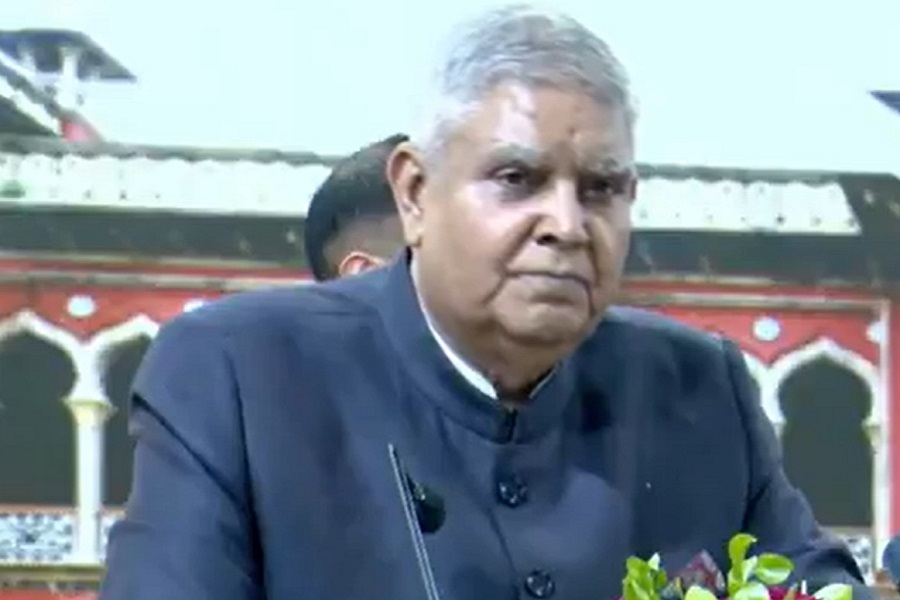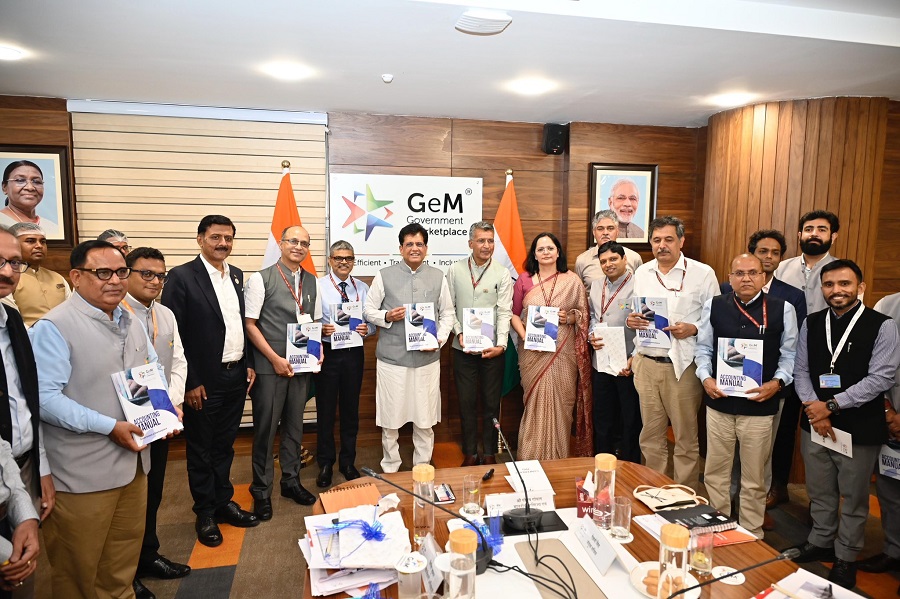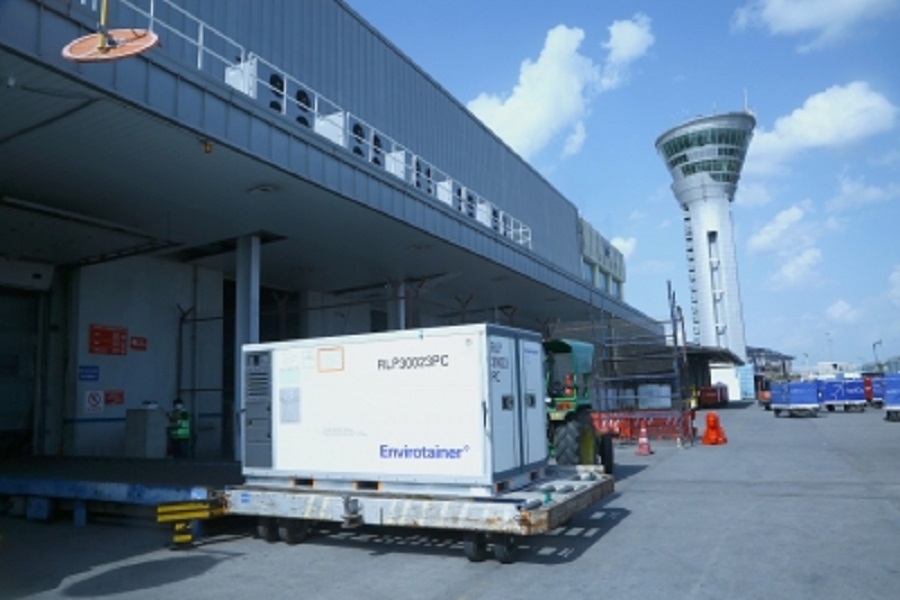India needs to further ramp up investments in military hardware, space tech
In response to shifting global dynamics, India will need to significantly ramp up investments in military hardware, space technology, drones, air defence systems, aircraft carriers, smart grids and power infrastructure, a report showed on Friday.
“Operation Sindoor” has showcased a transformative application of advanced air warfare, missile systems, and drone technology, reinforcing the strategic importance of the “Make in India” initiative.
“As global powers seek to expand their footprint in Southeast Asia, geopolitical uncertainties are expected to intensify,” according to the report by PL Capital.
Additionally, the suspension of the Indus Water Treaty is likely to unlock new opportunities across engineering, procurement, and construction (EPC), pumped storage projects (PSPs), and hydroelectric equipment, it added.
PL Capital believes geopolitical complexities are on the rise and are likely to intensify in the near future. While the Middle East has long been a region of fragile stability, Southeast Asia now finds itself on the brink of disruption.
The growing involvement of global powers in India’s neighbourhood is expected to heighten tensions across various fronts, potentially reshaping existing alliances, triggering economic volatility, and increasing the risks of conflict, terrorism, and regional instability, the report mentioned.
Recent developments surrounding “Operation Sindoor” mark a significant step in India’s emergence as a global military power.
“However, this also underscores the urgent need for India to accelerate its technological advancement and economic growth in response to these shifting geopolitical dynamics,” the ‘India Strategy Report’ mentioned.
Moreover, the Indian markets, which had been under pressure in recent months due to FII selling, have staged a sharp recovery, delivering a 10% return on the Nifty over the past six weeks.
The Q4 FY25 results so far have exceeded expectations, with EBITDA and PBT (excluding Oil and Gas) surpassing estimates by 5.1 per cent and 9.2 per cent, respectively.
Also, early signs of recovery are emerging in urban consumption, with a gradual but sustained improvement expected in the coming quarters.
In FY25, agricultural production has recorded a growth of 6.8 per cent in Kharif crops and around 3 per cent in Rabi crops.
Wheat procurement has reached 29.5 million tonnes, already exceeding last year’s 26 million tonnes a development that will significantly enhance the government’s ability to control wheat prices during the off-season, said the report.
Additionally, water reservoir levels in May are 22 per cent higher compared to the same period last year. A normal monsoon is expected to sustain elevated water tables, which will positively impact the next Rabi crop as well, said the report.






















